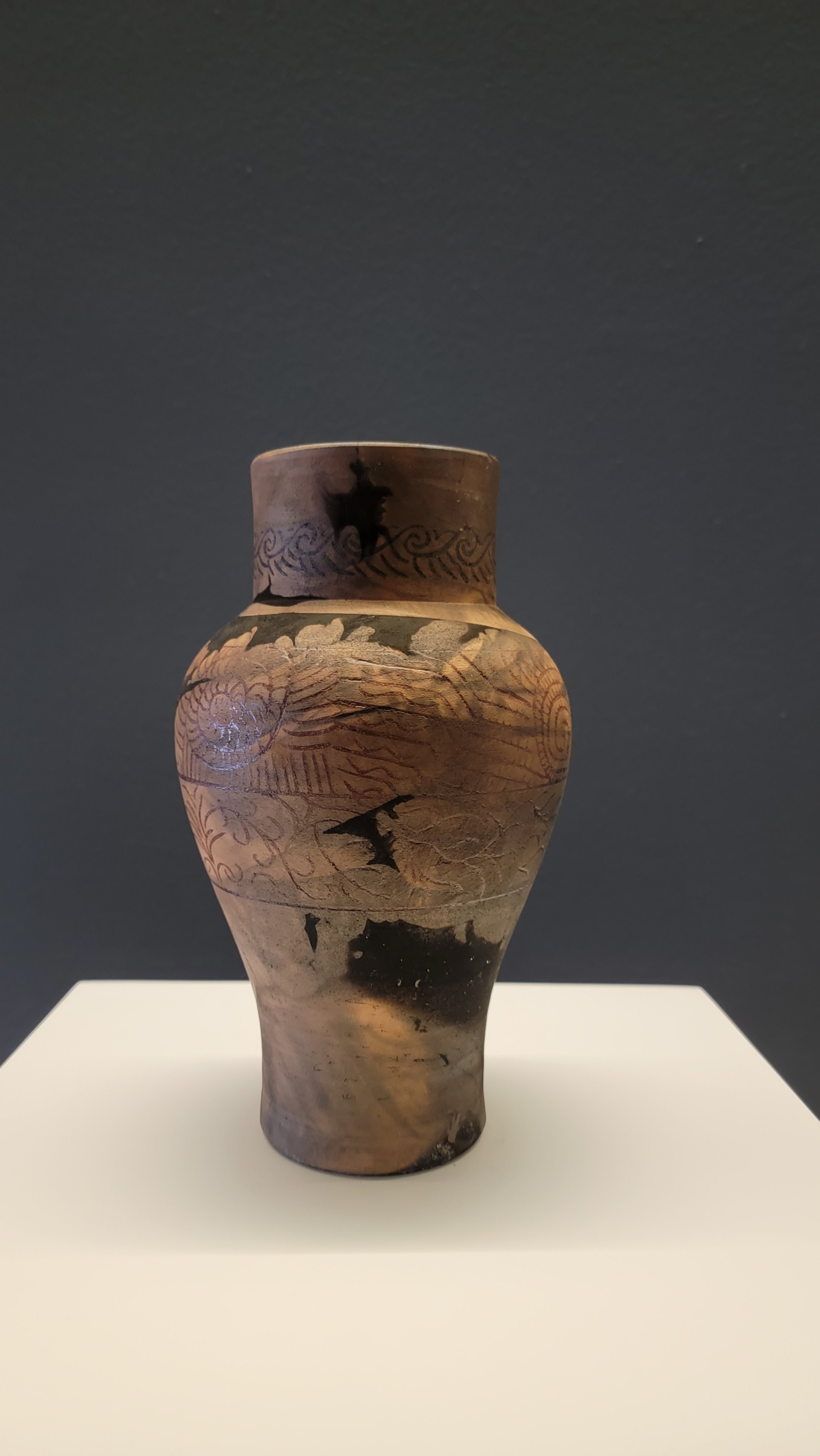Hutch Wilco
NEW ZEALAND
“C+C" Media Art Residency
Hutch Wilco is an independent curator, critic, writer, editor, and project manager. He worked for National Museum of New Zealand Te Papa Tongarewa. During his time with the National Museum, he was involved in the development of over 100 exhibitions and artist commissions. He has developed exhibitions in partnership with the Mexican National Archaeological Museum; Staedal Museum, Frankfurt; the Museum of Naples; the Victoria and Albert Museum; the National Museum of China; the Tokyo National Museum; the Australian Center for Moving Image; and the China Art Museum Shanghai. He has also developed and managed exhibitions in the 2009, 2011, 2013, and 2015 Venice Biennale.
魏皓啟是⼀位独⽴策展人、评论家、写作者、编辑和艺术项目经理,在文化领域有着丰富的职业经验。在新西兰国家博物馆工作期间,他参与了超过100个艺术展览和艺术家委约合作的项目。他曾经与墨西哥国家考古博物馆、德国法兰克福博物馆、意大利那不勒斯博物馆、英国维多利亚和阿尔伯特博物馆、中国国家博物馆、日本东京国立博物馆、澳大利亚活动影像中心以及上海中华艺术宫等国际专业机构开展过展览合作。同时,他分别参与拓展和管理了2009年、2011年、2013年和2015年的威尼斯双年展新西兰国家馆展。
The Tomb of an Unknown Noblewoman |无名贵妇之墓
Installation: Ceramic Pots, Video, Mirror, Graphics, LED Lights, Nephrite
In collaboration with Chen Chen, local ceramic artist
The Tomb of an Unknown Noblewoman is a work of speculative fiction in the form of a museum display. Using standard museum didactic techniques, the work presents a narrative that weaves together an imaginary journey by the Chinese explorer Zheng He and the cultural exchange between Chinese and Māori in 1405CE, and its influence on decorative motifs of Chinese craftspeople at the Tongguan Kilns, and the entirely fictional discovery of these items in a tomb in the heart of Changsha in the modern era.
Taking elements of fact and combining them with fiction, and then presenting them as a factual museum display in a museum draws attention to the act of defining historical reality as a mutable and agreed set of values, open to contest and revision. That Zheng He visited Champa (now in southern Vietnam), Siam (Thailand), Malacca (Melaka), and the island of Java and then through the Indian Ocean to Calicut (Kozhikode) on the Malabar Coast of India and Ceylon (Sri Lanka) in 1405 is a matter of uncontested fact.
With this in mind, it is not unreasonable to speculate that He ventured further south and met with Māori in the far north of Aotearoa New Zealand, particularly given that Māori had themselves made a series of long ocean voyages to leave China 8000 years ago which were once believed by scholars to have been impossible. The Tomb of an Unknown Noblewoman then, while purely speculative, is steeped in historical fact and heavily influenced by place. In turbulent times, it also reminds us of the value of cultural exchange, diplomacy, and the value of peace.
《无名贵妇之墓》是一部以博物馆展览形式呈现的推理虚构作品。该作品采用标准的博物馆教学技巧,将中国探险家郑和的想象之旅与公元1405年中国与毛利人的文化交流编织在一起。阐述中关于毛利文化对铜官窑中国手工艺人装饰图案的影响,以及于近代在长沙市中心的一座墓葬中发现这些物品的内容完全是虚构的。
取现实元素并将它们与虚构相结合,然后将它们作为博物馆中的“史实”呈现,引起人们关注将可变的历史事实作为定义既定价值观集合的这一行为,这些价值观是允许被质疑和调整的。郑和于1405年访问了占城(今越南南部)、暹罗(泰国)、马六甲(马六甲)和爪哇岛,然后穿过印度洋到达位于印度马拉巴尔海岸的卡利卡特(科泽科德)和锡兰(斯里兰卡),这是一个无可争议的事实。基于这一点,推测他冒险向南并在新西兰最北部的奥特阿罗亚与毛利人会面是不无道理的,特别是考虑到毛利人曾在 8000年前进行了一系列远洋航行离开中国,而这曾经被学者认为是不可能的。无名贵妇之墓虽然纯粹是推测性的,受历史事实渲染,并且很大程度上受地理位置的影响。在动荡的时代,它也提醒我们文化交流、外交及和平的价值。











